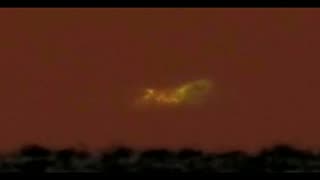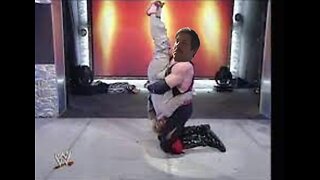Premium Only Content

Beyond the Ice Wall of Antarctica
Antarctica is Earth's southernmost and least-populated continent. Situated almost entirely south of the Antarctic Circle and surrounded by the Southern Ocean (also known as the Antarctic Ocean), it contains the geographic South Pole. Antarctica is, on average, the coldest, driest, and windiest of the continents, and it has the highest average elevation. It is mainly a polar desert, with annual precipitation of over 200 mm (8 in) along the coast and far less inland. Native species of animals include mites, nematodes, penguins, seals and tardigrades. Where vegetation occurs, it is mostly in the form of lichen or moss.
Richard Evelyn Byrd Jr. (October 25, 1888 – March 11, 1957), an American naval officer, was a pioneering American aviator, polar explorer, and organizer of polar logistics. Aircraft flights in which he served as a navigator and expedition leader crossed the Atlantic Ocean, a segment of the Arctic Ocean, and a segment of the Antarctic Plateau. He is also known for discovering Mount Sidley, the largest dormant volcano in Antarctica.
Sir James Clark Ross (15 April 1800 – 3 April 1862) was a British Royal Navy officer and polar explorer known for his explorations of the Arctic, participating in two expeditions led by his uncle John Ross, and four led by William Edward Parry, and, in particular, for his own Antarctic expedition from 1839 to 1843.
Captain James Cook (1728 – 14 February 1779) was a British explorer, cartographer and naval officer famous for his three voyages between 1768 and 1779 in the Pacific Ocean and to New Zealand and Australia in particular. He made detailed maps of Newfoundland prior to making three voyages to the Pacific, during which he achieved the first recorded European contact with the eastern coastline of Australia and the Hawaiian Islands and the first recorded circumnavigation of New Zealand.
Operation HIGHJUMP, officially titled The United States Navy Antarctic Developments Program, 1946–1947, (also called Task Force 68), was a United States Navy (USN) operation to establish the Antarctic research base Little America IV. The operation was organized by Rear Admiral Richard E. Byrd, Jr., USN (Ret), Officer in Charge, Task Force 68, and led by Rear Admiral Ethan Erik Larson, USN, Commanding Officer, Task Force 68. Operation HIGHJUMP commenced 26 August 1946 and ended in late February 1947. Task Force 68 included 4,700 men, 70 ships, and 33 aircraft.
The Operation Fishbowl nuclear tests were originally to be completed during the first half of 1962 with three tests named Bluegill, Starfish and Urraca. The first test attempt was delayed until June. Planning for Operation Fishbowl, as well as many other nuclear tests in the region, began rapidly in response to the sudden Soviet announcement on August 30, 1961, that they were ending a three-year moratorium on nuclear testing. The rapid planning of very complex operations necessitated many changes as the project progressed.
-
 13:09
13:09
Flat TV Flat Earth Streaming
2 months agoIllusions of a Sunset
1111 -
 LIVE
LIVE
Vigilant News Network
12 hours agoBill O’Reilly Drops METEOR News Story, Leaves Panel Speechless | The Daily Dose
2,053 watching -
 LIVE
LIVE
Jeff Ahern
37 minutes agoFriday Freak Out with Jeff Ahern (6am Pacific)
189 watching -
 1:25:27
1:25:27
Game On!
9 hours ago $3.54 earnedJameis Winston and the Browns UPSET the Steelers in a blizzard!
13K -
 12:59
12:59
Film Threat
14 hours agoGLADIATOR II EARLY REVIEW | Film Threat Reviews
16.6K3 -
 11:22
11:22
IsaacButterfield
1 day ago $2.88 earnedThe Shocking Truth About Fat Kids! (Ozempic For 6 year olds)
11K13 -
 1:02:48
1:02:48
PMG
1 day ago $4.74 earned"Missiles FIRED! Russia Hit By Ukraine!!! IS THIS WWIII?!"
8.36K1 -
 10:34
10:34
justintech
20 hours ago $16.85 earnedBest Gaming PC Under $1000! - In 2024
56.8K8 -
 9:34
9:34
Dr David Jockers
17 hours ago $14.20 earnedThe Shocking Truth About Butter
103K7 -
 9:05
9:05
Bearing
1 day agoJaguar's Woke New Ad is SHOCKINGLY Bad 😬
43.4K106